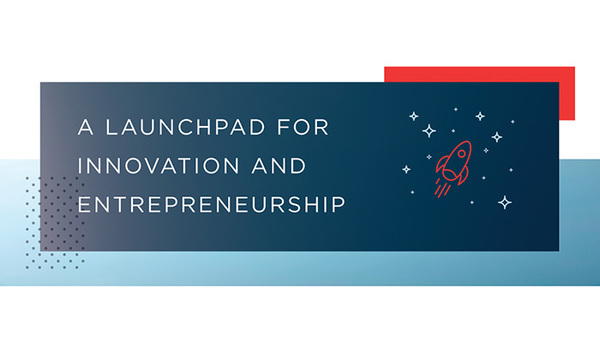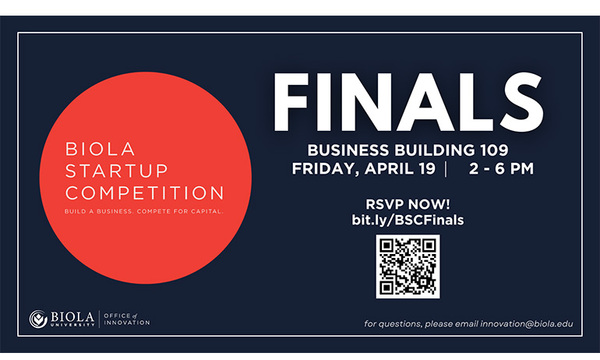“People don’t care how much you know until they know how much you care” - Theodore Roosevelt
This past month Apple introduced three new iPhones including the iPhone X, its eighteenth model in celebration of the ten-year anniversary of production. With over one billion iPhones sold to date globally, Apple continues to remain a leader in the knowledge economy and maintains its sustained competitive advantage through innovation, brand appeal, and its protected eco-system (iOS). Its knowledge based workforce here in the United States is charged with conceptualizing, brainstorming, creating, designing, problem-solving, and developing. The value that Apple places on mental exercise and human capital has become an example for other organizations as employees and candidates alike are seeking to differentiate themselves from their peers through the development of a construct called emotional intelligence (EQ). Employers are realizing that highly effective employees separate themselves from their colleagues through a high degree of emotional intelligence. What is emotional intelligence and where does it stem from? Can emotional intelligence be learned and if so, how does one develop their EQ acumen?
Emotional intelligence is the capability of individuals to recognize their own emotions and those of others, discern between feelings, guide thinking and behavior, manage their emotions, and adjust their approach to adapt to environments or achieve goals. Peter Salovey and John D. Mayer coined the term “Emotional Intelligence” in 1990, however Daniel Goleman popularized it in 1995 in his book by the same name. Goleman’s reputation as a Harvard-educated psychologist and voice as a writer of behavioral sciences for the New York Times catapulted the topics of individual and social intelligence to the forefront of leadership practice and social science. According to Goleman, emotional intelligence is made of a group of five skills – self-awareness, self-regulation, motivation, empathy, and social skill – that enable the best leaders to maximize their own performance as well as that of their followers.
Let’s begin by reviewing the relationship between manual and knowledge workers. In the early 1900s, manual workers made up approximately 83% of the workforce. Their jobs were specific, measurable, repetitive, and did not require much education. The Lost Generation (born between 1883-1900), the GI generation (born between 1901-1924) and the Silent Generation (born between 1925-1942) used their hands in settings of structured activity. Common occupations included farmers, craftsmen, public and private service workers, factory laborers, and assembly line production workers. The exact end date of the Industrial Revolution differs amongst theorists, however the end of World War II and introduction of the first electronic digital computer by Atanasoff & Berry appears to be a convincing beginning data point to the Information Age. The transition to this new digital age began influencing employers to evaluate employee roles and responsibilities and explore new solutions to the changes in occupational patterns. The employer-employee relationship had begun a significant transformation that would promote a highly employee-centric environment by the end of the 20th century as communication styles between managers and subordinates changed. Employers began seeking team members that they could empower to make meaningful leadership decisions and shape relationships on behalf of the organization. Information once held by only a few was now accessible by many and employers and employees began to see the benefits of job enrichment and job enhancement.
In the early part of the 20th century, a manager at the Ford plant may have said the following directive statement to an employee: “This is how many widgets I need from you today” or “This is what is expected or required of you today.” That conversation looks very different today – It’s collaborative and team-spirited, and allows the employee to participate, provide feedback and add value. The interaction at Apple looks more like the following: “Can you help come up with a solution to this problem?” or “What are your recommendations on approaching this task?” The interviewing and hiring processes particularly for leaders, has also shifted from a skill-based focus to a relational and behavioral model. For many organizations which are targeting to attract and retain high talent, the employee experience has become just as important as the customer experience.
As if that is not enough to drive a need for developing emotional intelligence as a differentiator in a competitive employment landscape, consider the following:
- Technology continues to evolve at a rapidly increasing pace
- Globalization is the now the norm
- The education and labor force participation rates of women are at record highs and are expected to continue rising
- Ethnic, racial, and cross-cultural diversity programs are gaining momentum
- There are now four distinct generational cohorts (Boomers, Gen Xers, Millennials, Gen Zers) competing for positions, with Millennials expected to occupy 50% of all jobs by 2020
While our intellect solves problems, makes calculations, and processes information, our emotional intelligence (EQ) allows us to be more creative and use our emotions to resolve problems, facilitate difficult conversations, approach conflict, manage cross-cultural differences, build trust in relationships, and lead change. In their Handbook of Intelligence, Mayer, Salovey, and Caruso suggest that a high variance of success at work and in life depends predominantly on being emotionally intelligent and less on intellect. This urgency to become skillful in EQ is enhanced by the estimate that 75% of the workforce will be knowledge workers by the year 2020. I say this simply to highlight the importance of developing an effective level of EQ. Now, do I agree that intellect is important and required, especially amongst leaders? Of course, it’s critical. In fact, some of the best leaders that I’ve leaned on as mentors over the years have been relentless learners. They learned their industry, read the paper, memorized metrics, studied their competition, asked a lot of questions, and listened diligently. Many of their opportunities and success, however, came from the way in which they managed themselves, related to others, and addressed situations when preparedness finally met opportunity.
Emotional intelligence can be learned and developed. Here are some tips that can help you on your employment journey:
- Know yourself
- Step away when needed
- Invest in others
Seek to identify and embrace your strengths and weaknesses – that is the first step in the EQ development process. Then, ask yourself the following questions: What are my core values and beliefs? How do I react when things are going well? How do I deal with stressful situations? What are my triggers? Knowing yourself will help you manage the emotional influences that may cause you to react too quickly, overreact, or not react at all in the workplace.
Separate yourself from situations in order to reflect, gain perspective, and prepare to react appropriately. Allow yourself time to take a step back to breathe, rest, and talk to others.
It takes time (and work) to authentically get to know and appreciate others. Acknowledge how your coworkers and employers feel, invite feedback, and spend time building relationships without seeking anything in return. Proactively listen and watch body language, put yourself in their shoes, and observe the moods of your surrounding environment.
Whether you are an individual looking to build stronger ties with your employer, a team member working on a difficult project with peers, an individual assigned to deliver difficult news to a subordinate, a dedicated employee seeking to add value and make an impact in your organization, or simply a candidate in the job market seeking employment, you cannot do it with intellect alone. Be aware of both your emotions as they happen and your natural responses to them. Develop the ability to pick up on people’s emotions in order to better understand what they might be thinking and how they might be feeling. Learn how to constructively direct your behavior to address others and the situation. In the end, you will be able to leverage your understanding of emotions to better yourself and have productive conversations, address conflict, and be effective in your professional and personal life.
 Biola University
Biola University




